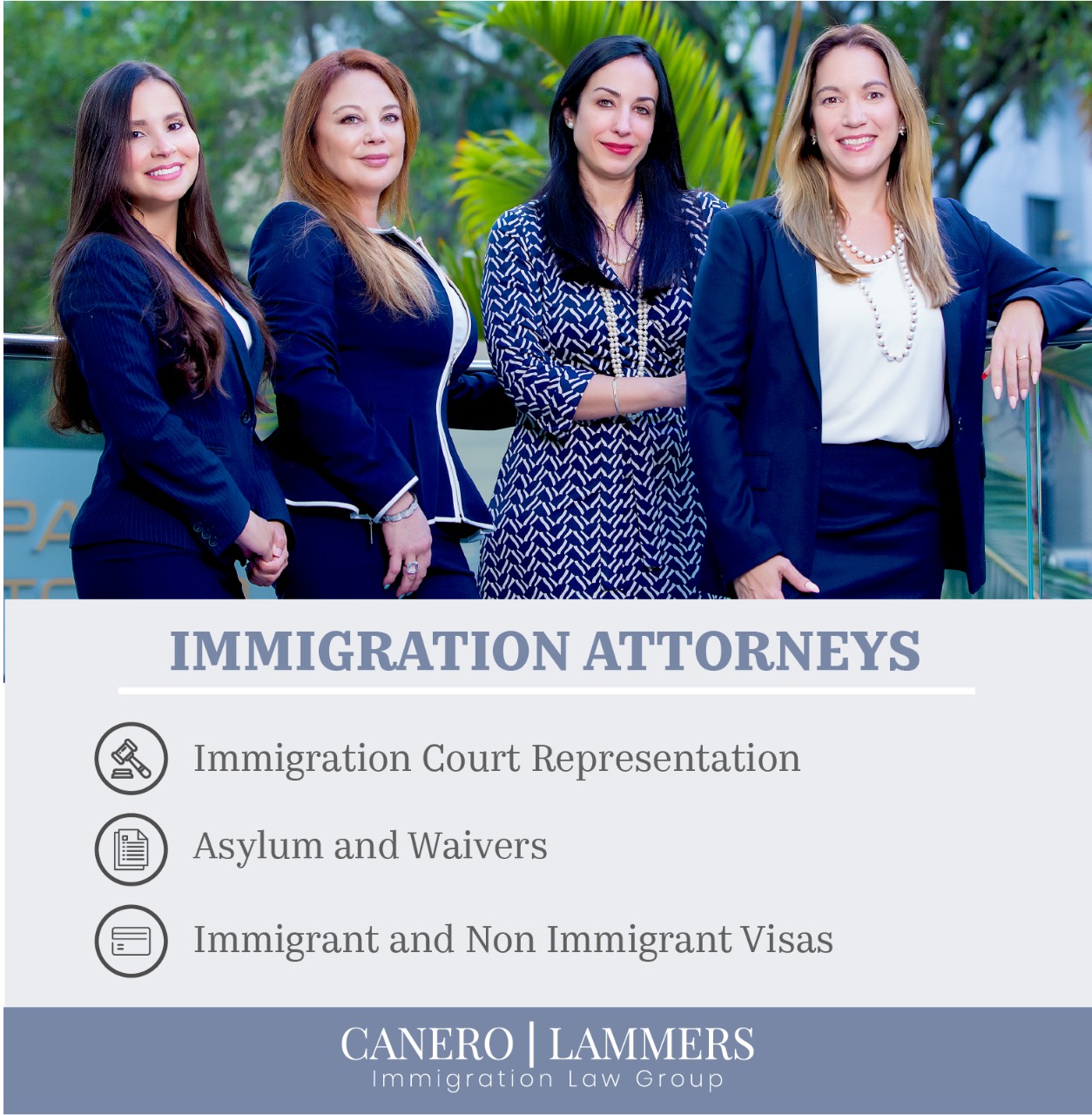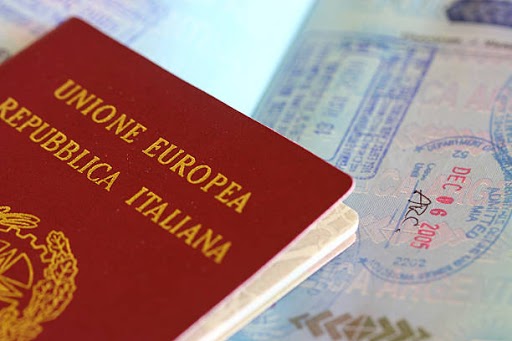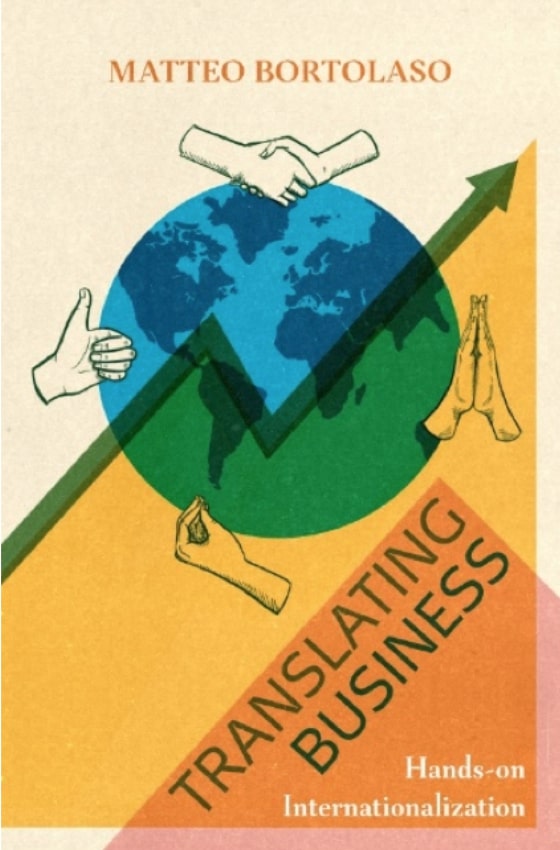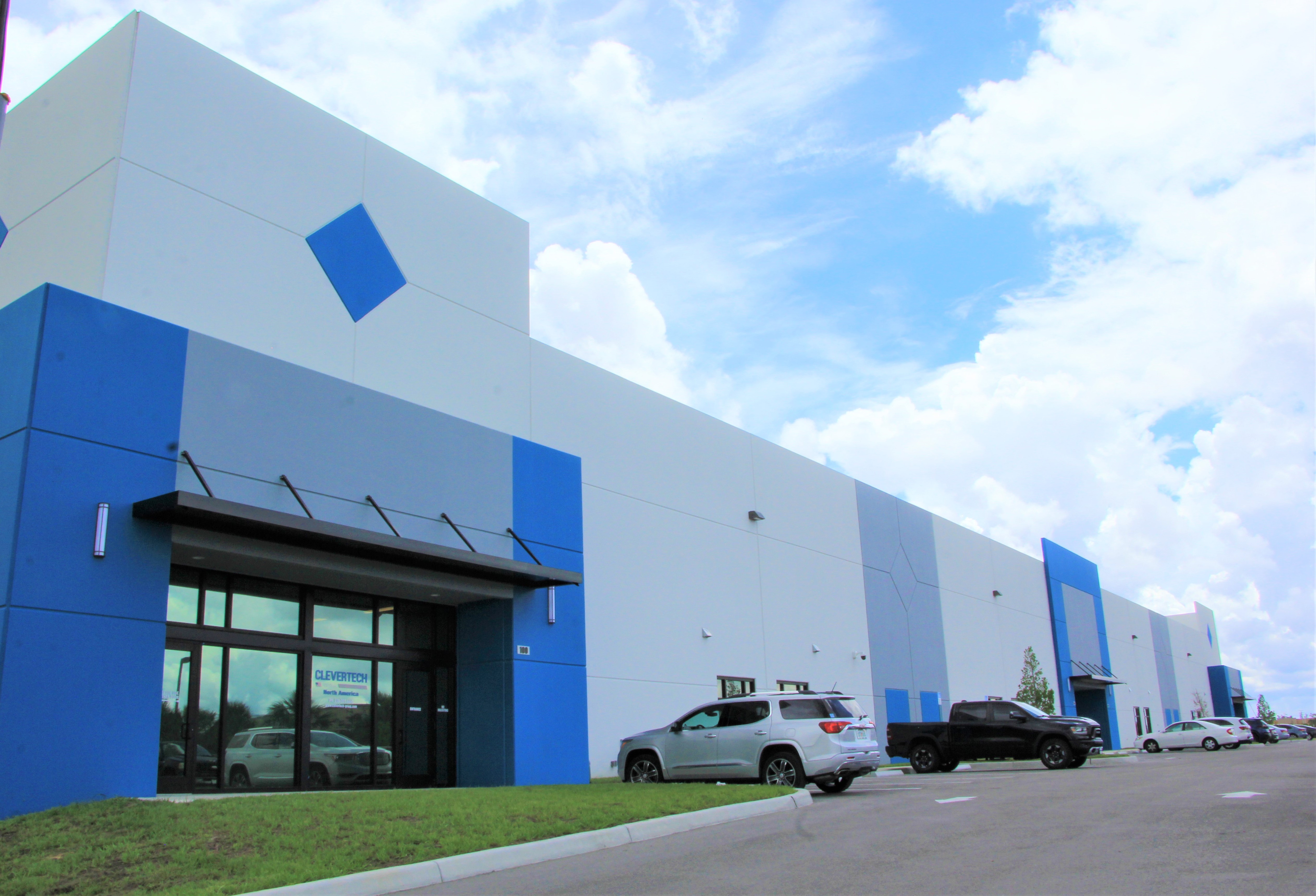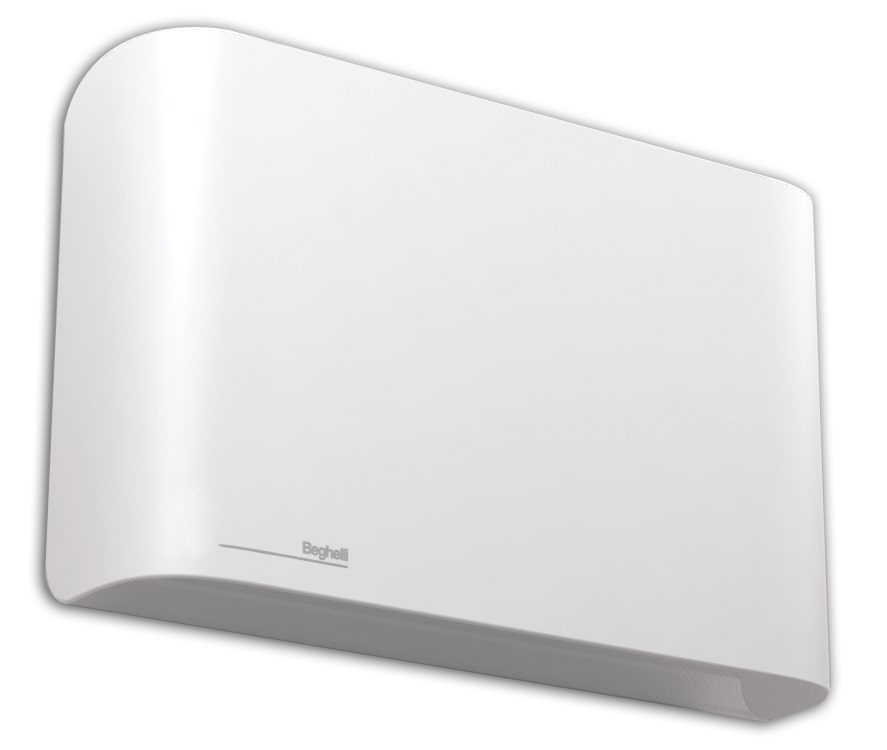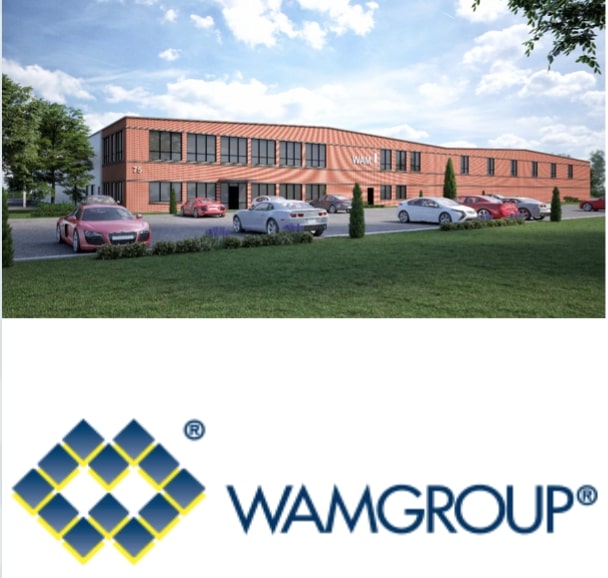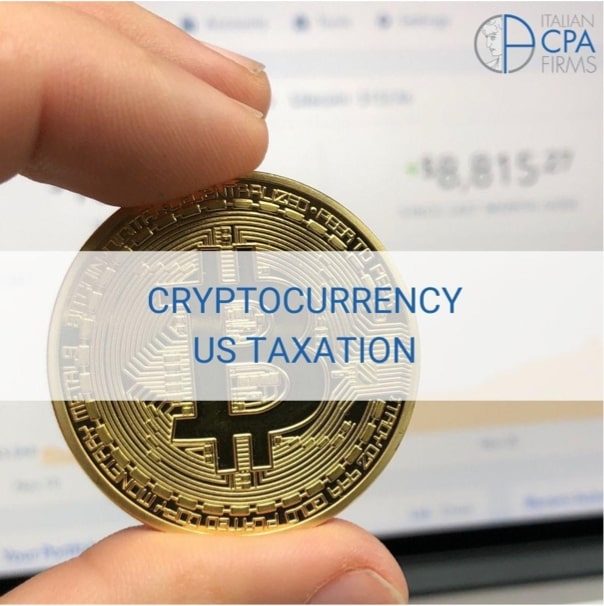By Canero Lammers Immigration Law Group
As of January 31, 2020, several presidential proclamations were implemented restricting the entry into the U.S. of travelers who were physically present in certain countries within the 14-day period preceding their entry or attempted entry into the country based on economic and public health considerations related to the COVID-19 pandemic.
Additionally, in March 2020, the Department of State (“DOS”) suspended routine visa services around the world and on July 14, 2020, DOS announced that US embassies and consulates entered a phased resumption of visa services and shall continue to provide only emergency and mission critical visa services. These Presidential Proclamations continue to be in effect maintaining COVID-related travel bans for the Schengen Area, United Kingdom, Ireland, Brazil, South Africa, and India. All proclamations shall remain in effect until terminated by the President.
On March 2, 2021, the Secretary of State reviewed the National Interest Exception (NIE) guide, confirming that the certain individuals are exempt from the travel ban. It is worth noting that unless otherwise stated, that if a person obtains a NIE, such exception shall be valid for 12 months from the date of approval and for multiple entries if they are used for the purpose under which they were originally granted.
A complete list of individuals who are exempt from the travel ban can be found here.
Sources:
1.- Department of State: https://travel.state.gov/content/travel/en/News/visas-news/extension-validity-for-nies-for-china-iran-brazil-south-africa-schengen-uk-ireland-india.html
2.- AILA Doc. No. 20091704 (posted 08/18/21)





